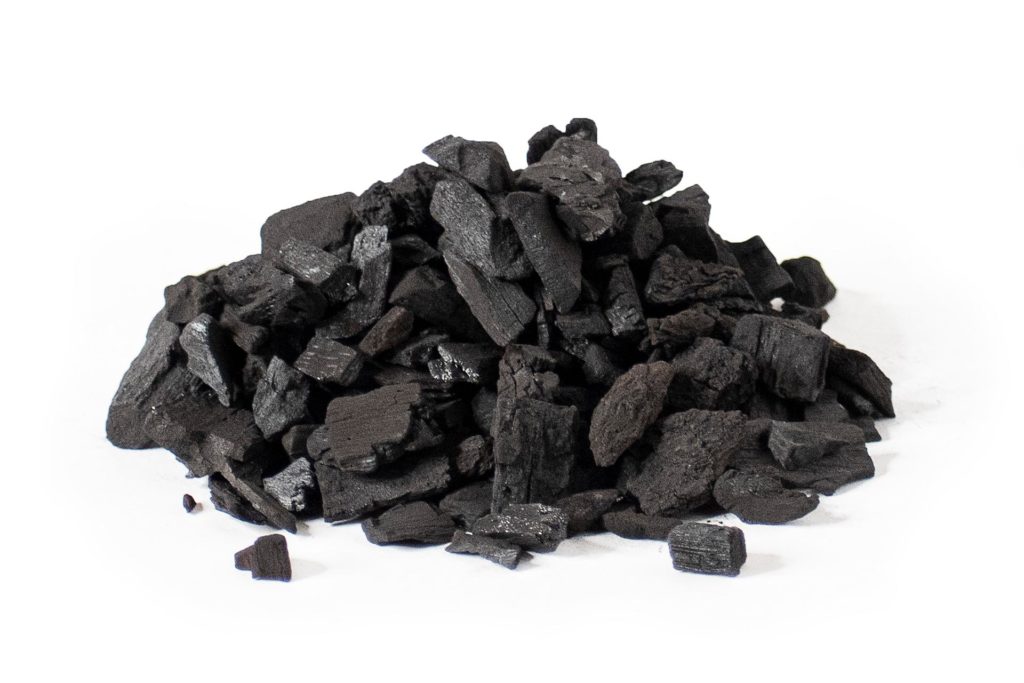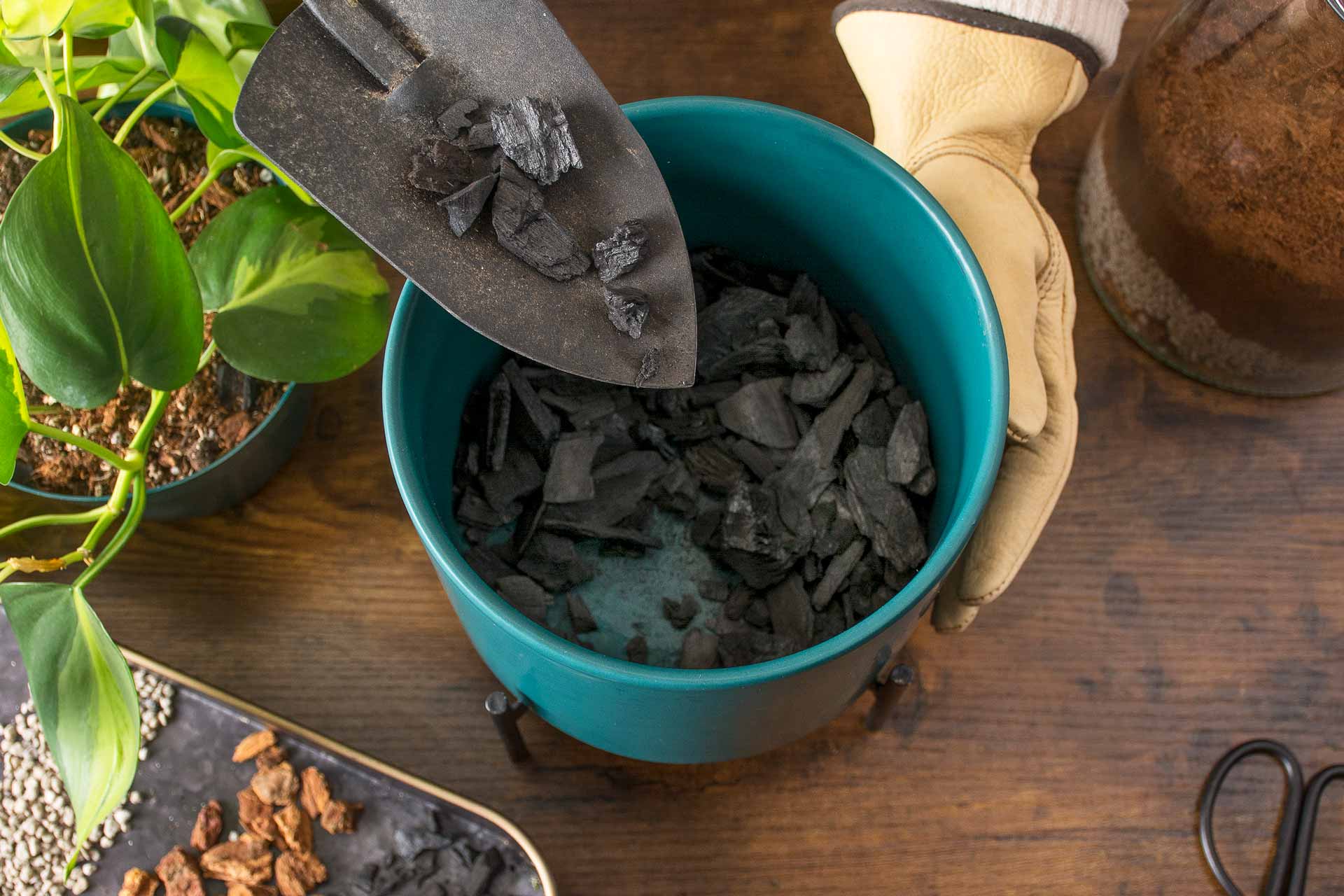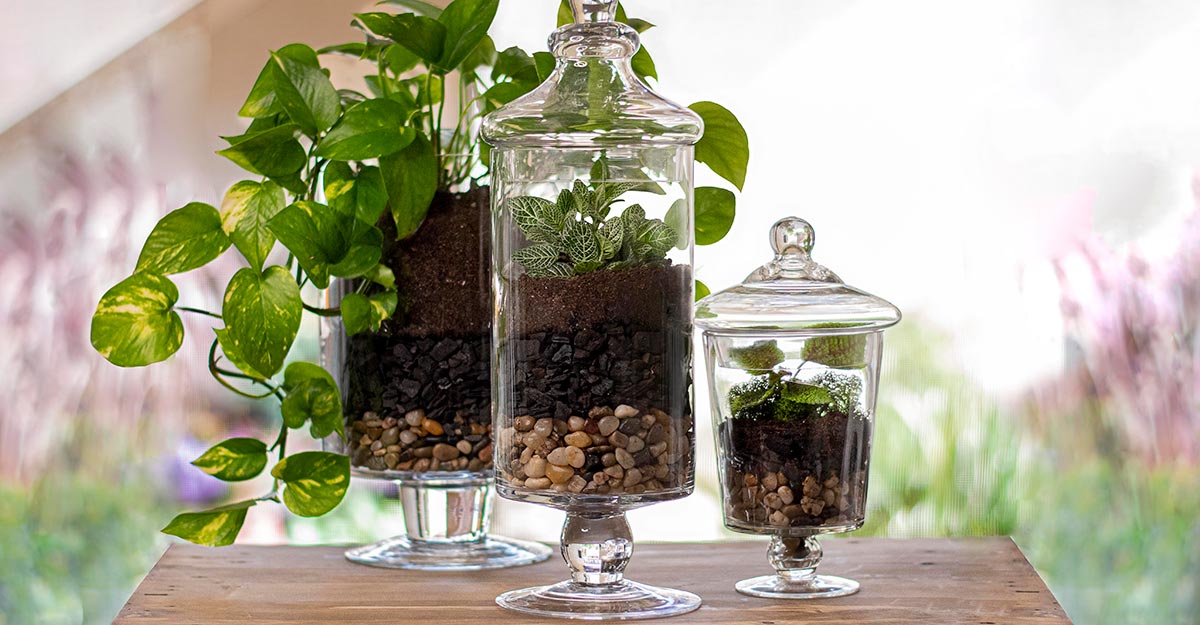The Complete Guide to Activated Charcoal in Horticulture
Activated charcoal is a soil amendment widely used in the horticultural industry. It has great absorbing and neutralizing capabilities which make it excellent for improving soil health. The benefits of activated charcoal was actually discovered by the Amazonian people, almost 1,500 years ago. Scientists found that these people used char from plant debris to fertilize their newly found infertile soil. In fact, today this soil is still remarkably productive even a millennium later. This occurrence would later be known ‘Black Gold Agriculture’ and is revolutionizing today’s conventional farming.
What is Activated Charcoal?
Activated charcoal is quite different than your ordinary charcoal. It is obtained by burning carbon- rich materials, such as wood or coconut shells, at very high temperature through a process called pyrolysis. The result gives activated charcoal a relatively greater surface area than conventional charcoal, making it highly absorbent.

Is Activated Charcoal Safe for the Environment?
Although it may be hard to believe charcoal is environmentally safe, activated charcoal is actually made from renewable plant material, such as wood waste and coconut shells. This wood waste would otherwise be sent to the landfill, which is a practice that largely impacts the future of our planet. See this article on the environmental impact of activated carbon production.
According to an NPR Story, Dr. Guo states that the process of converting biomass into activated charcoal does not release carbon dioxide back into the atmosphere. Rather, the materials are packed into a small container and are heated a high temperature.
Benefits of Activated Charcoal in Potting Soil
Aids in Drainage
- The application of activated charcoal makes for a more porous potting mix. A light, porous potting medium is essential for most indoor plants as it keeps plants’ roots from becoming waterlogged. Better yet, you can even add it to containers without drainage as a mechanism for soaking up all the excess water. Because let’s face it, if you pot your plant in a container without drainage holes you will likely end up with root rot.
Absorbent
- The naturally absorbent nature of activated charcoal is yet another reason why it is an excellent soil amendment. When fertilizer is added to your mix, the activated charcoal works by absorbing the fertilizer and releasing it slowly back to the plant.
- Activated charcoal is used widely in water treatment plants as an absorbent for impurities. It acts by removing bacteria and viruses from our drinking water, as well as harmful contaminants from our world’s waterways.
Balances Acidity/ Neutralizing Agent
- Activated charcoal is also effective in reducing soil acidity. This trait is particularly useful in landscaping when the soil has been previously treated with chemicals. The activated charcoal works by neutralizing the pesticide, thereby improving the physical and biological properties of the soil.
Eliminates Bacteria & Odors
- Activated Charcoal protects your plant from unwanted bacteria and odors, which makes it particularly useful in closed terrarium environments.

Horticultural Uses
-
Houseplants
- Activated charcoal can and should be added to your houseplant soil. Many commercial indoor potting mixes do not contain this soil amendment, so you are better off making your own houseplant soil. This way you can be in charge of which necessary ingredients your houseplants are receiving.
- See our DIY Houseplant Soil Recipe here.
-
Orchids
- Activated Charcoal is an excellent growing medium for most orchids. Larger charcoal chips are a great mechanism for orchids to attach their roots to. Not to mention, charcoal prevents the buildup of excess salts in the potting mix.
-
Terrariums
- Activated Charcoal is often used in terrariums and aquariums as it offers a means to rid the habitat of unwanted odors and fungus. Activated charcoal is a terrarium necessity, especially in those that are closed where bacteria and fungus may thrive without the absorbent qualities of this soil amendment.
-
Lawn, Garden and Shrubs
- Activated Charcoal application is particularly useful in in sandy soils. The porosity of activated charcoal allows for excess water and bacteria to be absorbed. Furthermore, activated charcoal is an excellent host for microbial organisms which have been proven to my especially beneficial to the health of your lawn.
-
Agriculture
- Activated Charcoal increases soil fertility and plant growth rate by over 127%. Better yet, it also helps with soil erosion
- Chemical degradation and soil deterioration is a global issue, mainly caused by the wide scale application of synthetic fertilizers. Adding activated charcoal allows oxygen to be redistributed to the soil, allowing for plant roots to thrive.
Final Note
As you can see, activated charcoal really does it all. It is a soil amendment that is completely renewable, easy to obtain and is proven to have many benefits regarding to soil structure and human health. Whether you are landscaping, making your own potting soil or a closed terrarium- activated charcoal is a necessity.
Happy Growing!
Cheers,
SuperMoss!





